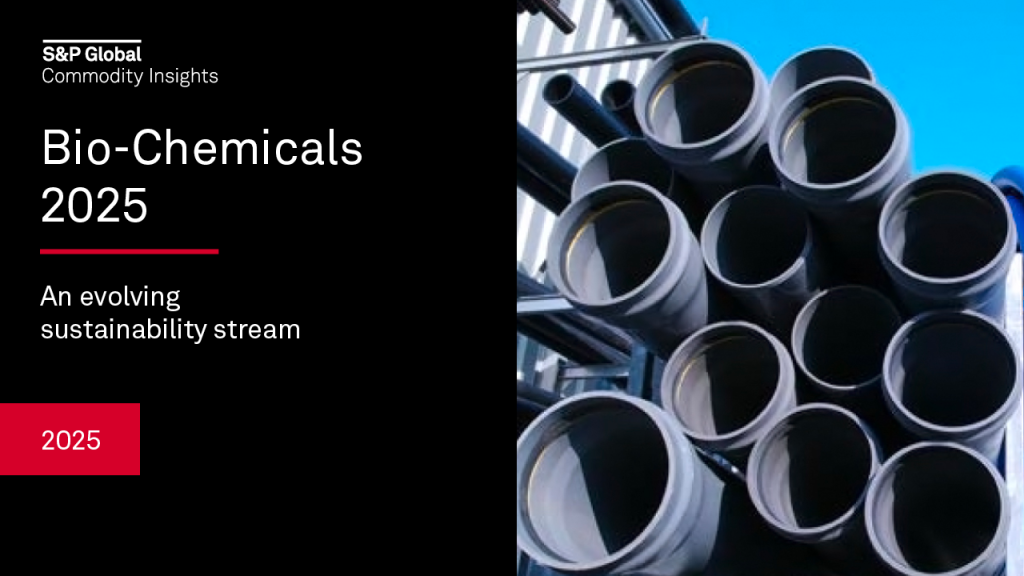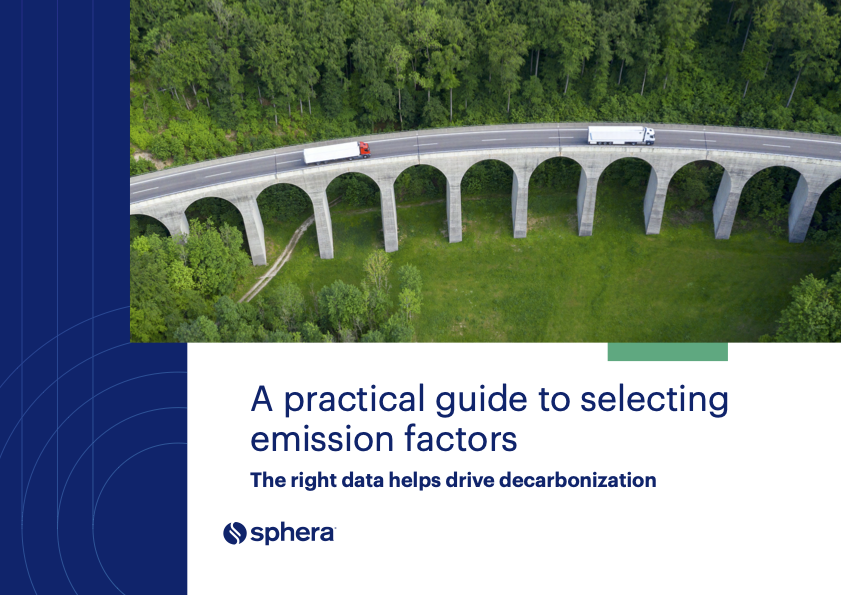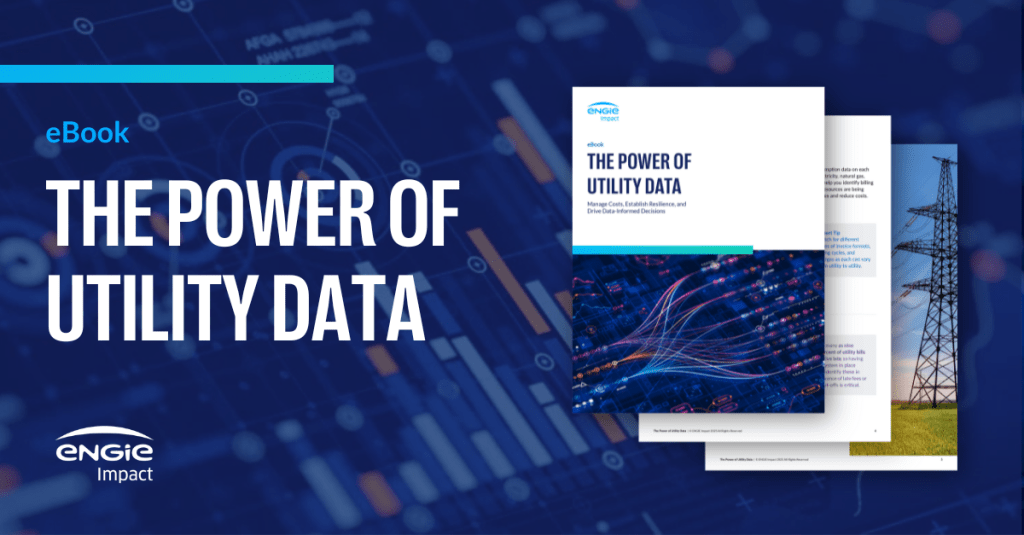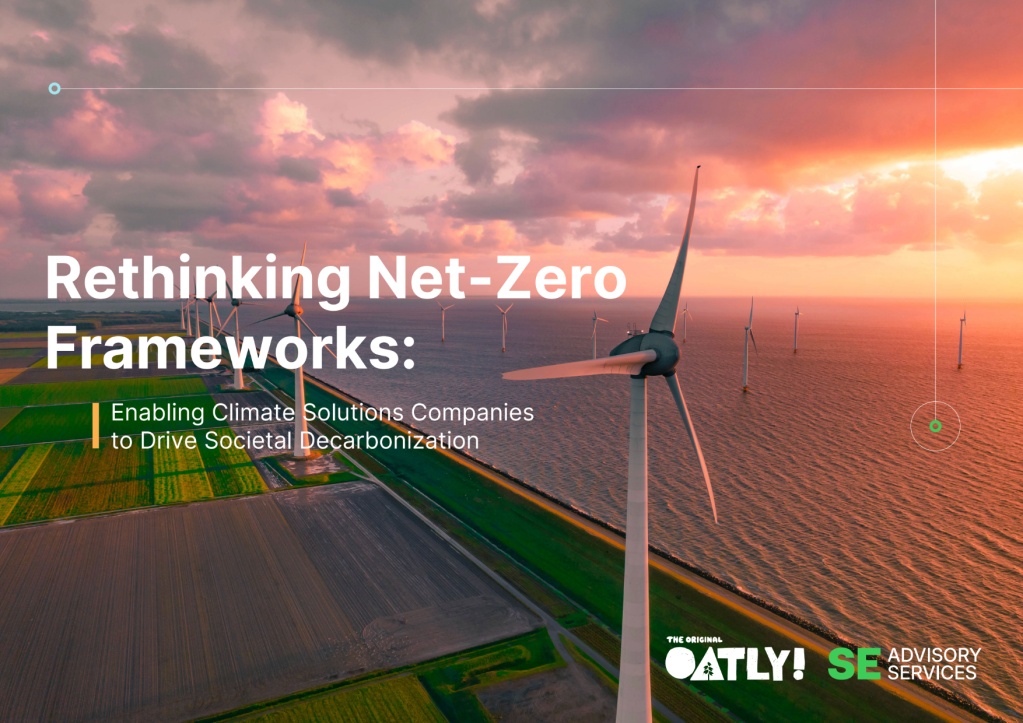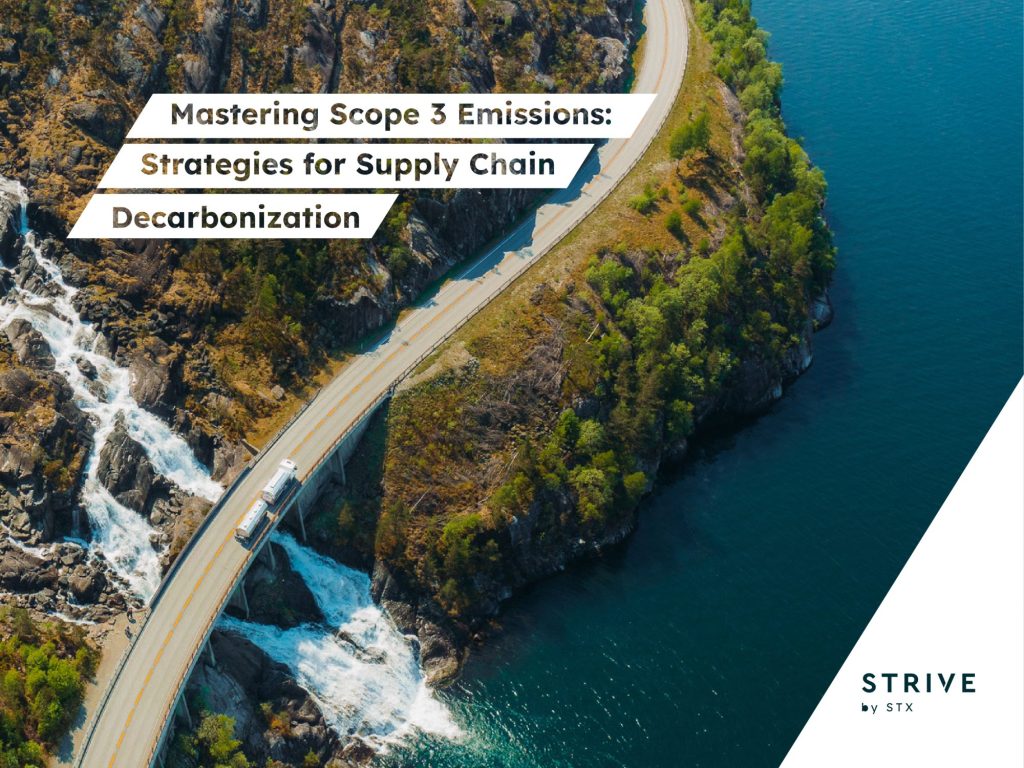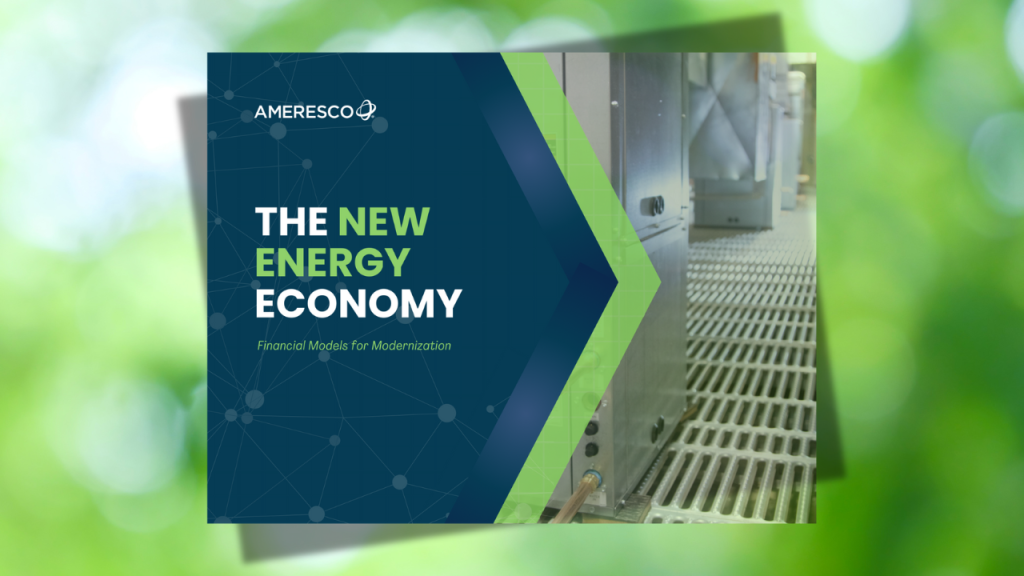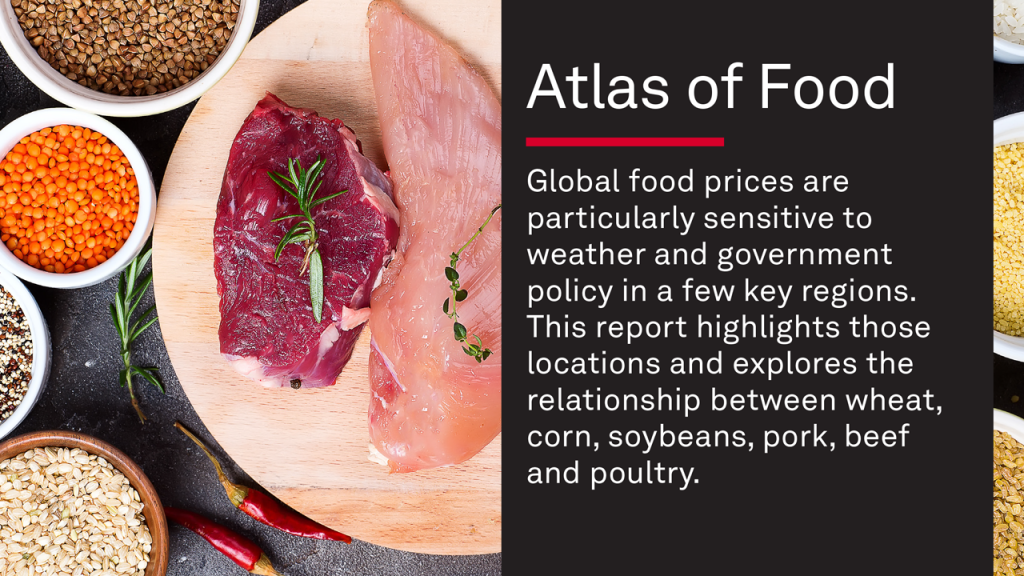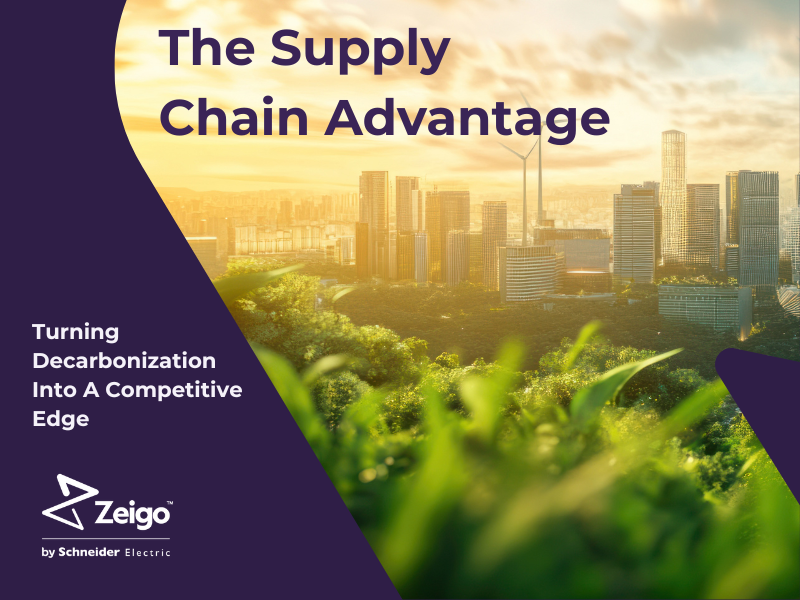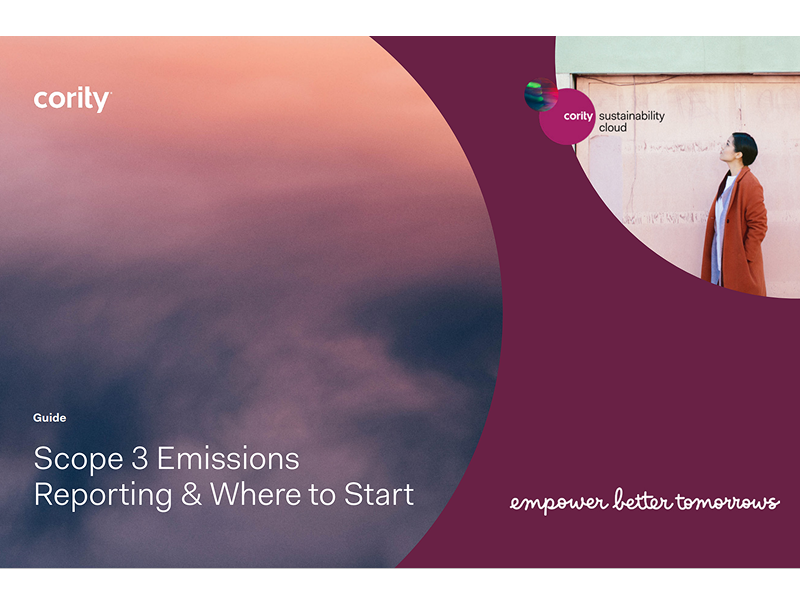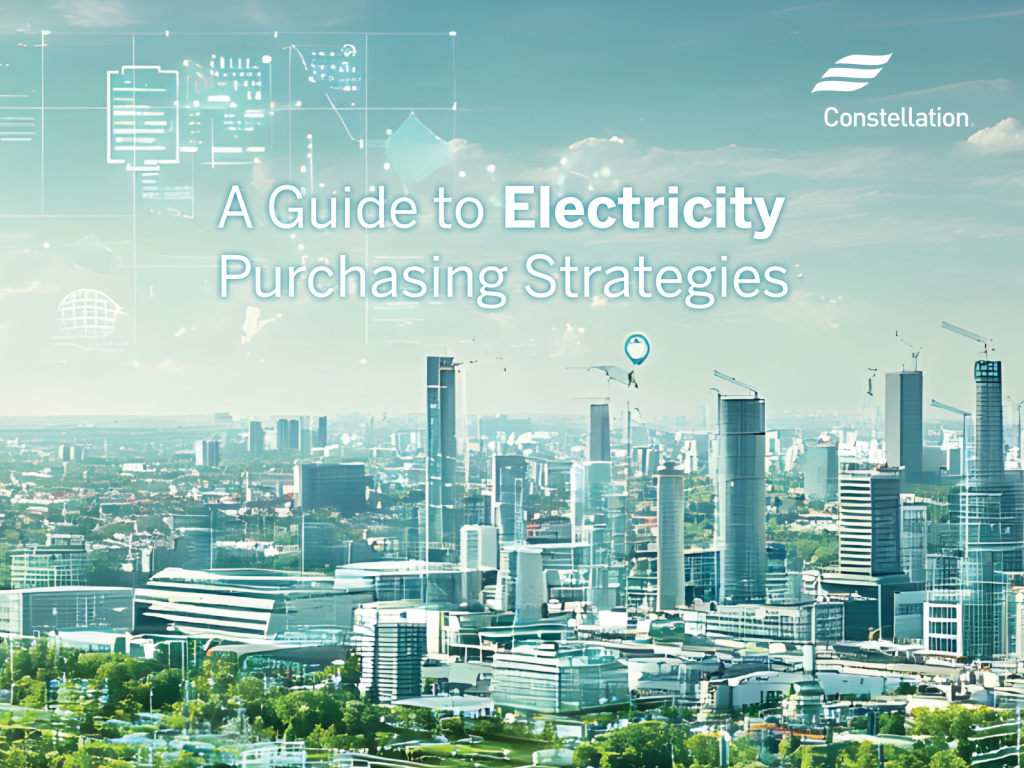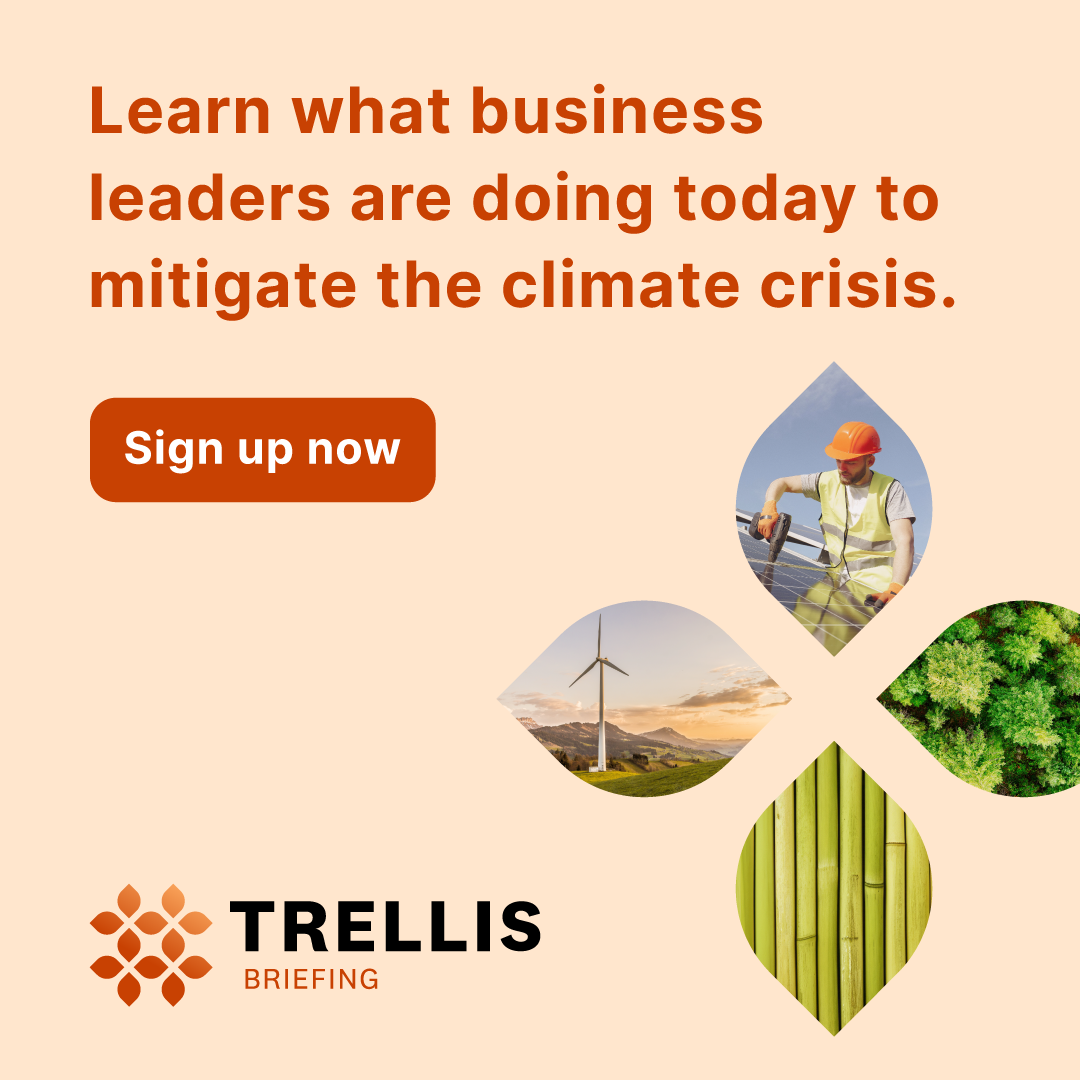Paper wrappers and curbside composting: The next 10 years of sustainable packaging
Not having to flatten cardboard boxes could happen in the next decade. Read More

- Sustainable packaging of the future needs to close three stubborn industry gaps: better policies, overcoming systemic material challenges and revising sustainability goals.
- Connecting the dots between current goals and future ones can maintain momentum for the packaging industry.
- Packaging success happens when customers can easily sort and dispose of packaging in a safe and low-environmental impact way.
The opinions expressed here by Trellis expert contributors are their own, not those of Trellis.
Imagine a future where you can set reusable packaging out on your porch for collection, bring bottles back to the store to get a hefty deposit, and where curbside composting pickup is just as widely available as recycling collection. This future doesn’t depend on some new miracle material or technological advancement. It depends on the work of today.
Right now, headlines about mounting global plastic pollution in our oceans, setbacks to flexible plastic recycling, and off-target sustainability goals are widespread. It’s easy to get overwhelmed by these challenges and the daily, immediate pressures of complying with new packaging policies in the U.S. and Europe. But the sustainable packaging industry can’t afford to lose sight of the future it’s working towards.
That’s why a new animated video from the Sustainable Packaging Coalition paints a clear picture of what sustainable packaging could look like in 2035. If we can see how our work will pay off in less than a decade’s time, we’re more likely to feel motivated and confident in the work being done today. Getting to this future depends on packaging professionals’ capacity to rethink three of the industry’s most stubborn gaps — and to do the work to close them in 10 years.
1. Focus on better packaging policy
New packaging policies are requiring producers to help cover the costs of recovery infrastructure, raising questions: What will this mean for my business? How much will I need to pay in fees? Am I ready to report my data? These are all incredibly important issues to get right, but it’s also worth asking: Which problems will these policies help solve?
Packaging policy isn’t a silver bullet and it won’t instantly solve problems such as a lack of end-markets or a package not getting sorted correctly at a material-recovery facility.
The purpose of policies such as Extended Producer Responsibility (EPR) is actually quite simple. It’s to get producers to help create effective collection programs. Seen through that light, two of the most prominent packaging policies — EPR and labeling bills — are the secret sauce behind the future where someone is able to easily and confidently recycle items outside her home, return items at the store for a deposit and recycle plastic film. Policy is going to help us get there.
2. Aim to use more ‘successful’ materials
There’s a headline every week, it seems, with new research into the harmful effects of chemicals used in packaging. There’s also a near constant drip of reporting on the scale of the microplastics problem driven by many sources of pollution and plastics, including packaging. And let’s not forget the Global Plastics Treaty that’s intended to tackle the global plastic pollution crisis with a legally binding agreement; negotiations stalled at the end of last year but will resume this month.
Some of the focus on plastic material is reinforced by EPR programs, as they have eco-modulation fees that will incentivize the use of easily recycled materials or those which have a lower environmental footprint.
Many companies are asking: Do we need to switch materials and is there a more sustainable material? These are good questions to start with, but a better question might be: Which material will be the most successful in my product category?
Packaging success happens when materials are collected at end-of-life and easy for consumers to sort and dispose of in a safe and low environmental impact way. We need to acknowledge that some materials aren’t viable for certain product categories and to align around which materials can do the job better in those cases.
If we follow this path, by 2035 we’ll have the right materials doing the right jobs and we won’t have to feel guilty about unrecyclable snack wrappers — we’ll be using recyclable paper ones, instead. We’ll have access to compostable trays for produce to help compost any spoiled items or leftovers and that kombucha bottle, which is highly recyclable, will be made of high levels of recycled content.
3. Use sustainable packaging goals to drive innovation
Sustainable packaging goals — such as getting to 100 percent recyclable, reusable or compostable portfolios — have been hard to reach, and there’s been a fair share of backlash against companies and industry groups for not meeting goals, changing them, changing timelines or eliminating goals. Many companies are wondering: Do we need to rewrite or hide our goals or maybe change our timelines? Delete them and focus on compliance?
A more future-facing question might be: How can our goals drive innovation? Here’s the reality: The low-hanging sustainability fruit has been picked. What’s left are the most difficult, yet meaningful changes. The opportunities to move to reusable packaging are massive and untapped. It’s the only way companies will meet most of their goals. And, incidentally, gearing yourself up for a system redesign puts you in the best position to tackle those earlier questions about materials and EPR, too.
By 2035, refillable and returnable packaging will be the best, most sustainable strategy and the one that consumers prefer. Hopefully we, like the character in the video, can receive a cake and candles in a reusable shipper, set empty bottles out on our porches for reuse and — best of all — no longer have to flatten cardboard boxes.
Staying the course
Taking a moment to get really clear on the future we’re working towards is incredibly valuable. Connecting the dots between what’s on our plate today — materials, EPR and strategic goals — and this future will help teams maintain momentum and remain committed to the work that needs to get done.

